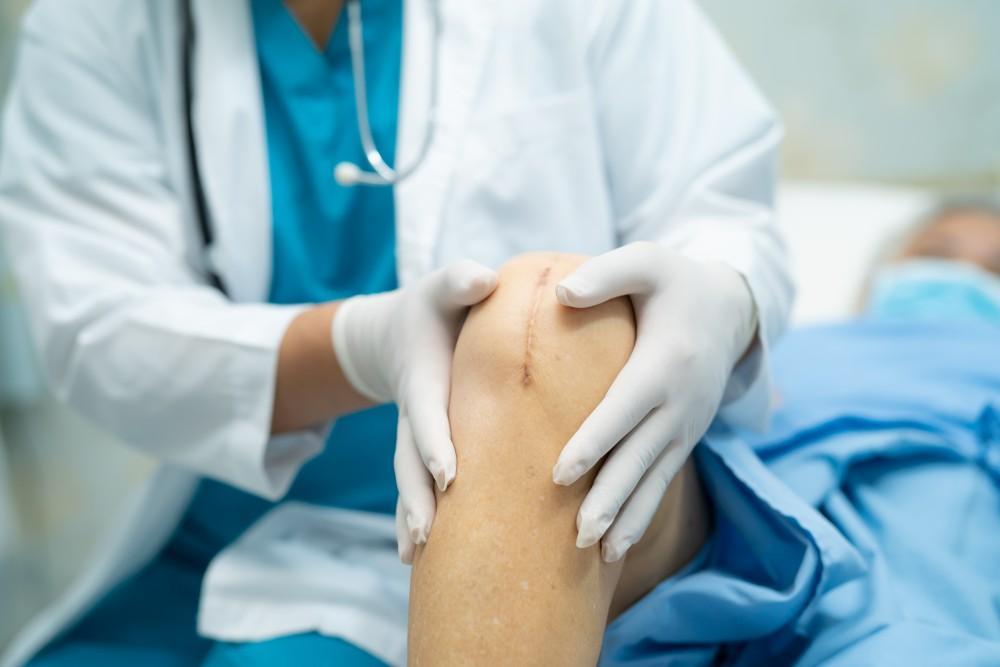
5 Signs You May Need a Partial Knee Replacement

If you need a knee replacement, you should talk to your doctor about the differences between partial and full knee reconstruction, and how your specific case might qualify you for a less dramatic option than complete replacement.
Orthopedic surgeons, San Francisco-based Dr. Jeffrey Halbrecht and Dr. Ephraim Dickinson at The Institute for Arthroscopy & Sports Medicine (IASM) in San Francisco, California, can evaluate you and let you know if a partial knee replacement is a possibility for you.
The compartments of your knee
Your knee joint has three different compartments: the lateral compartment on the outside of the knee, the medial compartment on the inside of the knee, and the patellofemoral compartment, which is the kneecap and surrounding area.
Depending on the nature of the trauma, wear-and-tear to your knee, or arthritis, one compartment might be damaged while the other compartments remain in good shape. If this is the case, and if other conditions are met, you might be a good candidate for surgery to replace solely the lateral or medial compartment.
For example, if you’ve had a non-catastrophic knee injury, such as a mild ski accident that damaged only one compartment of your knee, a ski doctor in San Francisco, such as Dr. Halbrecht or Dr. Dickinson may recommend partial knee replacement.
5 signs you might need a partial knee replacement
Signs that you could be a good candidate for partial knee replacement as opposed to full knee replacement or more conservative methods include:
1. Just one compartment is damaged
You’re likely a good candidate for partial knee replacement if only the lateral or only the medial compartment of your knee has suffered trauma. In such cases, the knee replacement will only affect the inside or outside of the knee.
2. You have had a successful partial knee replacement in the past
If you’ve had a medial or lateral partial knee replacement at some point in the past, but suffered a reinjury, you might be a candidate for the same compartment to be replaced again.
3. You are fairly young and otherwise healthy
If you’re young, fit, and at a good weight, a partial knee replacement can mean a faster recovery and years before you need another replacement. By that time, aging and weight gain may have caught up with the rest of your knee, and a full replacement may be a good idea.
4. Arthroscopic surgery proved insufficient
If you’re still having pain, stiffness, clicking, grinding, or locking of the knee joint after arthroscopic surgery, it may be time to simply replace a knee compartment to fix the problem once and for all.
5. You are older but in good shape
If you’re older but fit, at a good weight, and without any signs of arthritis or osteoporosis, a partial knee replacement can mean a shorter surgery time, less trauma to knee tissue, and a much faster recovery. This can let you get back to your active lifestyle in as little as six to eight weeks.
To get a proper evaluation of your knee replacement options by a sports medicine surgeon in San Francisco, and to learn more about the different types, get in touch with IASM. Call us at 415-233-7996, or book a consultation online.
You Might Also Enjoy...


Is ACL Surgery Necessary to Continue Playing Sports?

Tips for Preventing Falls and Slips on Icy or Snowy Surfaces

Minimize Risk of Serious Gym Injuries

Exercise Advice for Cold Weather Conditions


